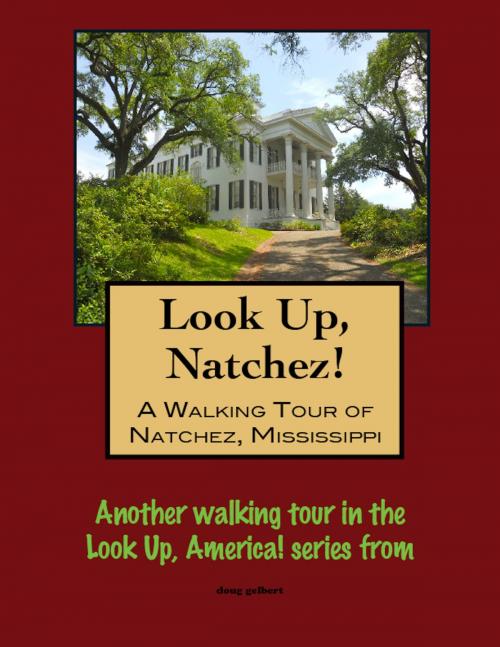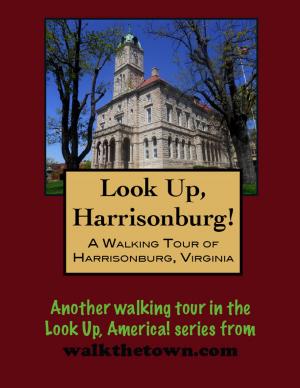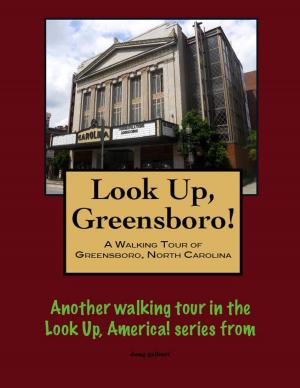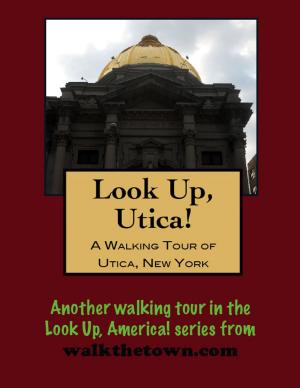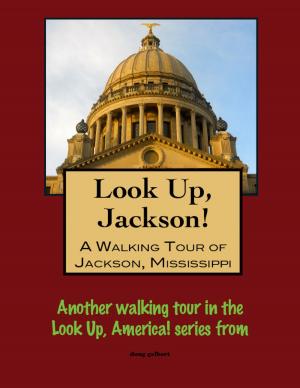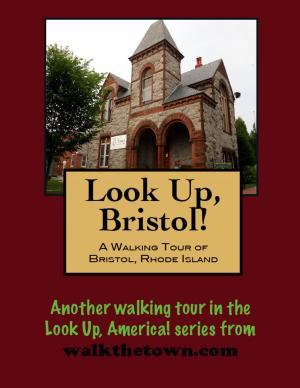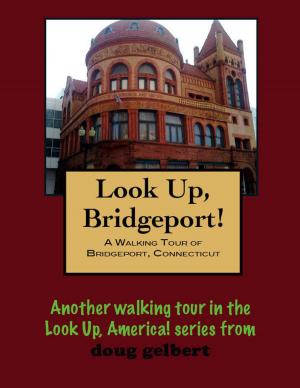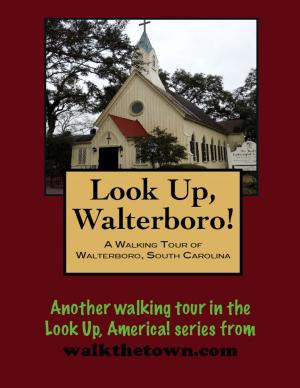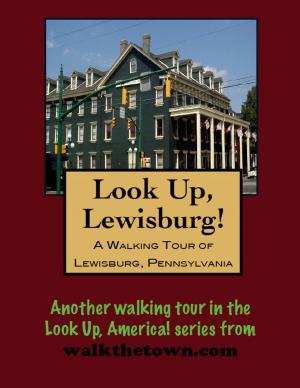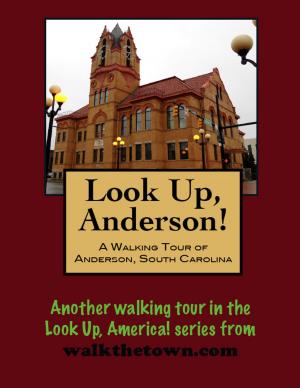| Author: | Doug Gelbert | ISBN: | 9781301896257 |
| Publisher: | Doug Gelbert | Publication: | June 27, 2013 |
| Imprint: | Smashwords Edition | Language: | English |
| Author: | Doug Gelbert |
| ISBN: | 9781301896257 |
| Publisher: | Doug Gelbert |
| Publication: | June 27, 2013 |
| Imprint: | Smashwords Edition |
| Language: | English |
There is no better way to see America than on foot. And there is no better way to appreciate what you are looking at than with a walking tour. Whether you are preparing for a road trip or just out to look at your own town in a new way, a downloadable walking tour from walkthetown.com is ready to explore when you are.
Each walking tour describes historical and architectural landmarks and provides pictures to help out when those pesky street addresses are missing. Every tour also includes a quick primer on identifying architectural styles seen on American streets.
European settlement on these bluffs overlooking the Mississippi River began with the French in 1716. They called their settlement Fort Rosalie but the French never found peace with the Natchez Indians who had built a civilization in the area around ceremonial mounds. The Natchez descended on the French in 1729 and wiped out the French colony, killing 229 men women and children. The French, supported by Indian enemies of the Natchez, systematically destroyed the tribe over the next two years. The Natchez were gone but the French named the town after the vanquished Native Americans.
Great Britain won Natchez after defeating the French in the 1760s and rule passed through Spanish and American hands until all Spanish claims to the land were surrendered to the United States in 1795. The county was named for President John Adams and Natchez was made the first capital of the new Mississippi Territory. The government would soon move to Washington six miles to the east but was back in Natchez in 1817 when Mississippi became the 20th state in the Union. In 1822 the legislature departed for good, to the more centrally located Jackson and after that the townsfolk got down to doing what they did best - making money.
Natchez was a key shipping post on the Mississippi River. Boatmen would float down the river from Kentucky and Ohio and sell their goods and their boats for lumber. Then they would pack up and head back north 500 or so miles on an old buffalo trail that came to be known as the Natchez Trace.
The first planters to the region tried the great Colonial cash crop, tobacco, but it didn’t take. Then they tried cotton. So much cotton was grown and shipped out of Natchez that the town could lay claim to being the wealthiest planters in America. Natchez was hurt by the Civil War but one thing the conflict did not take away was its housing stock. The town surrendered in 1862 and remained in Union hands for the rest of the rebellion. It emerged with more antebellum homes than just about anywhere.
Those mansions remain the backbone of Natchez’s identity. Beginning in 1932 many of the historic homes were opened to visitors in the Spring Pilgrimage. The event has expanded to four weeks when residents and friends connected to the antebellum homes don costumes and greet pilgrims. The doors to natchez don’t have to open for its rich heritage to be on view, as we will discover on our walking tour which will kick off where the town began, on the bluffs atop the Mississippi River...
There is no better way to see America than on foot. And there is no better way to appreciate what you are looking at than with a walking tour. Whether you are preparing for a road trip or just out to look at your own town in a new way, a downloadable walking tour from walkthetown.com is ready to explore when you are.
Each walking tour describes historical and architectural landmarks and provides pictures to help out when those pesky street addresses are missing. Every tour also includes a quick primer on identifying architectural styles seen on American streets.
European settlement on these bluffs overlooking the Mississippi River began with the French in 1716. They called their settlement Fort Rosalie but the French never found peace with the Natchez Indians who had built a civilization in the area around ceremonial mounds. The Natchez descended on the French in 1729 and wiped out the French colony, killing 229 men women and children. The French, supported by Indian enemies of the Natchez, systematically destroyed the tribe over the next two years. The Natchez were gone but the French named the town after the vanquished Native Americans.
Great Britain won Natchez after defeating the French in the 1760s and rule passed through Spanish and American hands until all Spanish claims to the land were surrendered to the United States in 1795. The county was named for President John Adams and Natchez was made the first capital of the new Mississippi Territory. The government would soon move to Washington six miles to the east but was back in Natchez in 1817 when Mississippi became the 20th state in the Union. In 1822 the legislature departed for good, to the more centrally located Jackson and after that the townsfolk got down to doing what they did best - making money.
Natchez was a key shipping post on the Mississippi River. Boatmen would float down the river from Kentucky and Ohio and sell their goods and their boats for lumber. Then they would pack up and head back north 500 or so miles on an old buffalo trail that came to be known as the Natchez Trace.
The first planters to the region tried the great Colonial cash crop, tobacco, but it didn’t take. Then they tried cotton. So much cotton was grown and shipped out of Natchez that the town could lay claim to being the wealthiest planters in America. Natchez was hurt by the Civil War but one thing the conflict did not take away was its housing stock. The town surrendered in 1862 and remained in Union hands for the rest of the rebellion. It emerged with more antebellum homes than just about anywhere.
Those mansions remain the backbone of Natchez’s identity. Beginning in 1932 many of the historic homes were opened to visitors in the Spring Pilgrimage. The event has expanded to four weeks when residents and friends connected to the antebellum homes don costumes and greet pilgrims. The doors to natchez don’t have to open for its rich heritage to be on view, as we will discover on our walking tour which will kick off where the town began, on the bluffs atop the Mississippi River...
